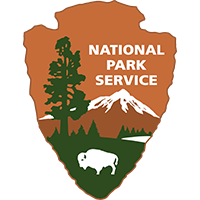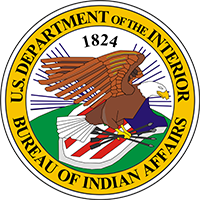2019 DOI Remote Sensing Activities
Remotely sensed data and derived information contribute significantly to mission-critical work across the Department of the Interior (DOI). This report from the DOI Remote Sensing Working Group (DOIRSWG) highlights a sample of DOI remote sensing applications and illustrates the many types of technology, platforms, and specialized sensors employed.* DOI personnel use remote sensing technology to evaluate and monitor changing land-surface and natural resource conditions over the vast areas for which DOI has responsibility.









